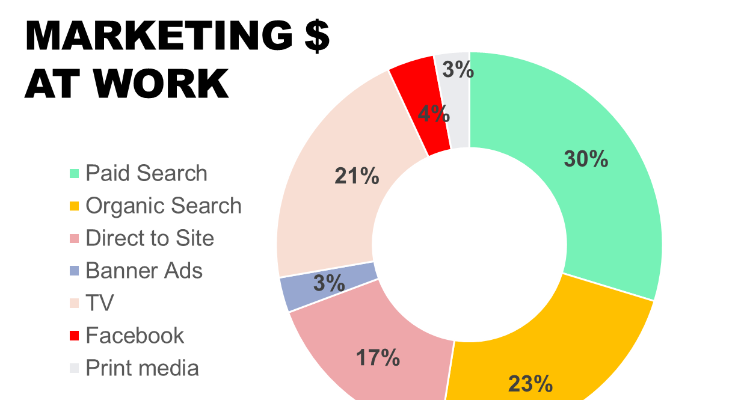This was Contributed by Harish Mohan. He is a Sr Manager, Global Marketing Analytics & Data Science at Intuit.
Marketing attribution is something that receives much airtime in offices these days but few understand the complexity that arises from simply trying to identify the impacts of marketing spend.
Most companies have a dedicated digital marketing program and set aside a budget for digital marketing spend. For example during this Christmas season, most companies might be buying media on Google such as paid search ads (the sponsored links that we see on the Google search results page), display ads through DSP’s (the banner ads that show up on webpages), video ads on YouTube, ads on social media e.g. Facebook, Instagram etc. In addition many companies also run ads on traditional offline media such as TV commercials, ads on print media, radio etc.
The prospective customer whom the ads are targeting typically gets exposed to one or many of the above media channels – typically across all of their devices e.g. Desktop vs Tablet vs Mobile vs TV.
While building elaborate media plans and running ads is a really fun exercise for marketing teams & ad agencies, the marketing costs add-up (often running to millions of $ for larger companies). Hence the need for accountability, the ultimate goal of marketing attribution. Important questions that marketing teams have to answer are:
- CURRENT SPEND: Is the marketing spend paying off? Is it driving growth for the company? Should we be investing more or pulling back on marketing spend?
- CURRENT CHANNELS: Which marketing channels are working better than others? e.g. are the TV ads as effective as the paid search ads on Google?
- WHAT IF SCENARIOS: If there is additional money available to spend, where should we be investing the additional budget? Should we be investing in Facebook mobile ads?
This in essence is the attribution challenge. A good attribution solution helps companies identify a good marketing mix that helps maximize sales targets while keeping costs to a minimum. In my next article, I will talk about various approaches to help answer these important questions.
Note: Thanks to Brett Van Buskirk for contributing to this article.


